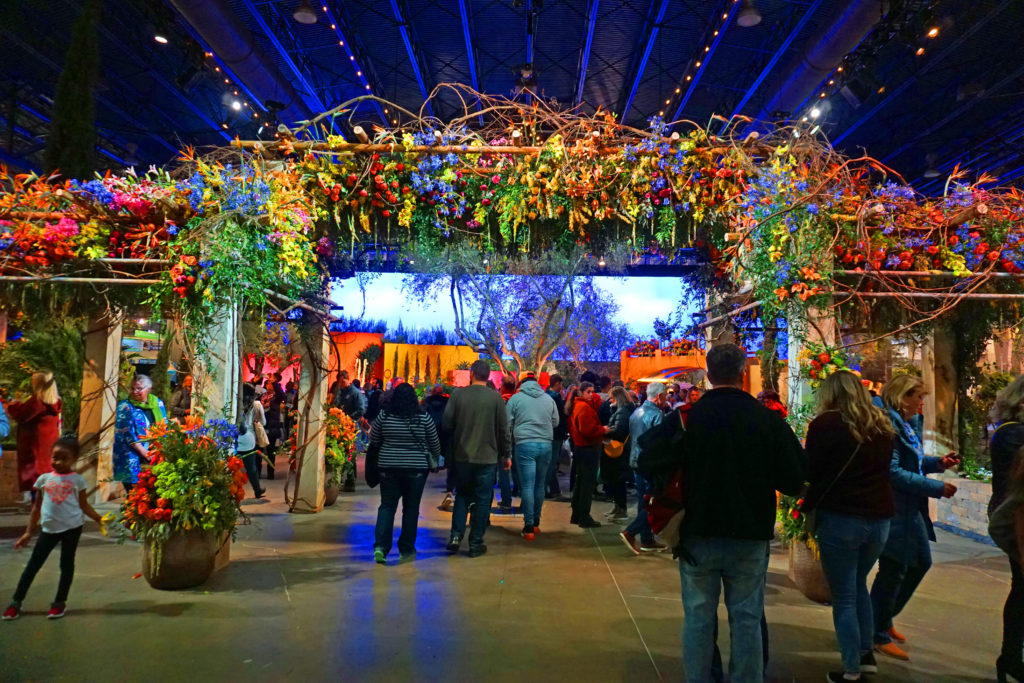and How to Help Them

Trees have gotten the short end of the stick ever since Europeans landed in America.
Forests across the country were razed for hundreds of years as Americans moved from coast to coast. Fortunately, the trend began to change in the 1940s when people been replanting forests due to changes in habits and attitudes.
But trees are not out of the woods yet. Since the arrival of Columbus, trade between the continents steadily increased. That trade brought foreign insects, diseases, and plants in addition to people.
Native insects and diseases may harm indigenous plants, but they do not decimate them. Over thousands of years, plants have developed defenses against native insects and diseases to ensure their survival. Native insects and diseases have learned to co-habite with native plants.
Continue reading Trials and Tribulations of Trees

